
Travis W. Busey and John W. Busey
McFarland
1,588 pp, 2011, Softcover, $125.00
ISBN:978-0-7864-4800-5
Image courtesy of amazon.com
There are many reference guides to the Battle of Gettysburg when it comes to the losses of both armies, but nothing like this work has ever come before. Within this three volume set, Union Casualties at Gettysburg: A Comprehensive Record in Three Volumes is the most valuable asset any Gettysburg historian can have when studying the battle. Listed inside are not only the killed or mortally wounded in combat, but the captured, missing and wounded separated by company, regiment and state.
Travis W. Busey and John W. Busey are no strangers to the Gettysburg community. John W. Busey has written many works on the Battle of Gettysburg, most of which are studies into the numbers and losses of the campaign. His other famous works include Regimental Strengths and Losses at Gettysburg, which he wrote with David G. Martin. He also wrote These Honored Dead: The Union Casualties at Gettysburg. Travis W. Busey specializes in vintage photos and pencil drawings and portraits while operating in the art business. Both live in Centerville, Virginia.
In John W. Busey’s These Honored Dead: The Union Casualties at Gettysburg, he analyzes the men of the Army of the Potomac who were either killed or mortally wounded. Here, in this new work along with Travis W. Busey, it is expanded to include the wounded and captured. What these works do for us is not only give us a better understanding of the aggregate numbers of the regiments and their losses, but it allows the readers and historians to better understand the organization of the strategy and tactics used at Gettysburg. One thing which I had found while looking through this reference, it the great amount of detail brought about in this study. When reading the official records of the regiments, there are often descriptions of where the action became heated and where the greatest loss of life was. Now, along with this guide, you can tell about which company got hit the worst. Nothing ever before has come along like this where a regiment’s company can be seen as getting hit the worst. Another part which is interesting is the full record on most of the soldiers compiled in this list. They tell the story of where they came from, where they were mustered, if they were with a previous regiment, and when they died if they were wounded or captured. Even on the record of killed, they list what day of combat they fell since most regiments endured fighting for all three days of combat. The comprehensive index alone gives the names of all of the soldiers listed in the work and the appendices gives us a clearer view on the further details which these authors went to bring us this information.
John W. Busey brought a great work into the Gettysburg realm when he published These Honored Dead, and now along with Travis Busey, has brought an even more comprehensive record to the hands of Gettysburg historians. This record is invaluable to the Gettysburg historian and cannot be recommended enough. You will find yourself constantly going back to the record books here to see what kind of casualties the regiment stood and who survived and where they came from. Every Gettysburg library should have a copy of these records gracing its shelves.
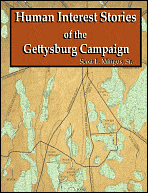
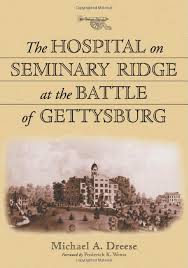
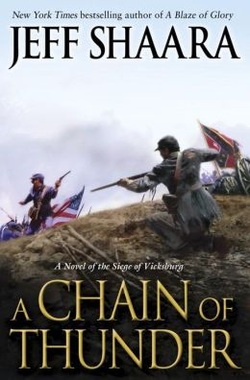
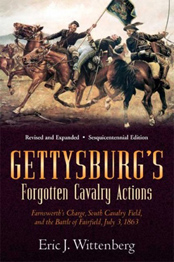
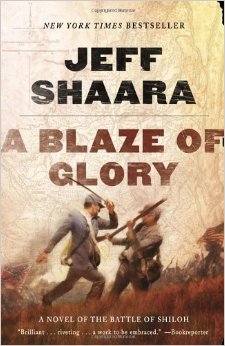
 RSS Feed
RSS Feed
